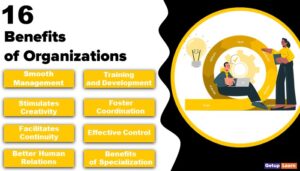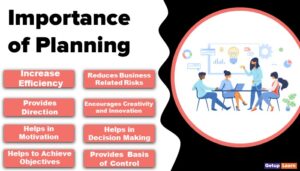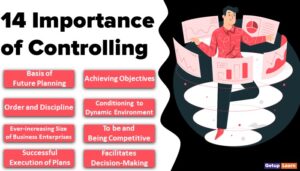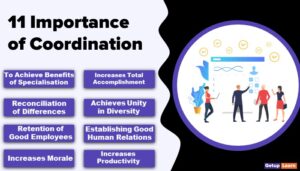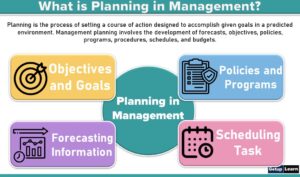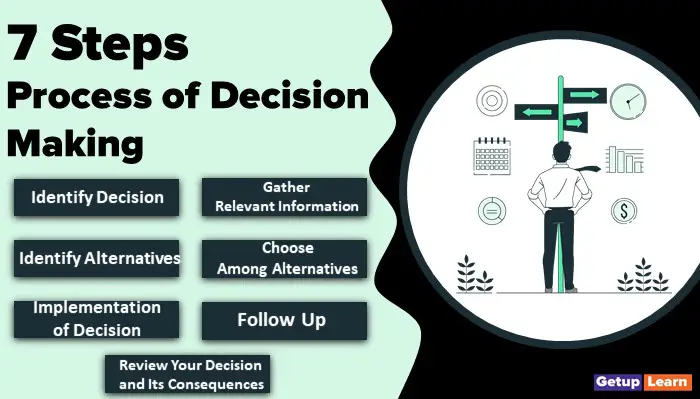
Table of Contents
Process of Decision Making
These are the all steps process of decision making:
- Identify Decision
- Gather Relevant Information
- Identify Alternatives
- Choose Among Alternatives
- Implementation of Decision
- Follow Up
- Review Your Decision and Its Consequences
Identify Decision
To make a decision, you must first identify the problem you need to solve or the question you need to answer. Clearly define your decision. If you misidentify the problem to solve, or if the problem you’ve chosen is too broad, you’ll knock the decision train off the track before it even leaves the station.
If you need to achieve a specific goal from your decision, make it measurable and timely so you know for certain that you met the goal at the end of the process.
Gather Relevant Information
Collect some pertinent information before you make your decision: what information is needed, the best sources of information, and how to get it.
This step involves both internal and external “work.” Some information is internal: you’ll seek it through a process of self-assessment. Other information is external: you’ll and it online, in books, from other people, and from other sources.
Identify Alternatives
As you collect information, you will probably identify several possible paths of action or alternatives. You can also use your imagination and additional information to construct new alternatives. In this step, you will list all possible and desirable alternatives.
Choose Among Alternatives
Once you have weighed all the evidence, you are ready to select the alternative that seems to be the best one for you. You may even choose a combination of alternatives.
Implementation of Decision
Under this, a manager has to put the selected decision into action. For proper and effective execution of the decision, three things are very important:
- Proper and effective communication of decisions to the subordinates. Decisions should be communicated in a clear, concise, and understandable manner.
- Acceptance of decisions by the subordinates is important. Group participation and involvement of the employees will facilitate the smooth execution of decisions.
- Correct timing in the execution of decisions minimizes the resistance to change. Almost every decision introduces a change and people are hesitant to accept a change. Implementation of the decision at the proper time plays an important role in the execution of the decision.
Follow Up
A follow-up system ensures the achievement of the objectives. It is exercised through control. Simply stated it is concerned with the process of checking the proper implementation of the decision. Follow-up is indispensable so as to modify and improve upon the decisions at the earliest opportunity.
Review Your Decision and Its Consequences
In this final step, consider the results of your decision and evaluate whether or not it has resolved the need you identified in Step 1. If the decision has not met the identified need, you may want to repeat certain steps of the process to make a new decision.
For example, you might want to gather more detailed or somewhat different information or explore additional alternatives. When it comes to making decisions, one should always weigh the positive and negative business consequences and should favor the positive outcomes.
This avoids possible losses to the organization and keeps the company running with sustained growth. Sometimes, avoiding decision-making seems easier; especially, when you get into a lot of confrontation after making a tough decision.
But, making the decisions and accepting their consequences is the only way to stay in control of your corporate life and time.
Principles of Decision Making
These are the following principles of decision making explained below:
- Principle of Definition
- Principle of Evidence
- Principle of Identity
- Proper Communication System
- Sufficient Time
- Analysis of the Objectives and Policies
- Analytical Study of Alternatives
- Study of the Impact of a Decision
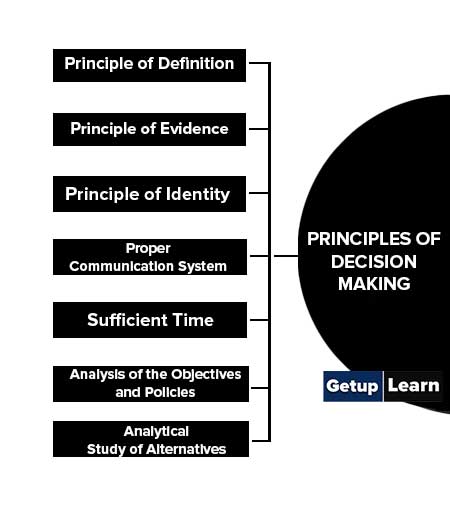
Principle of Definition
For the correct decision to be made, the manager must be aware of the exact problem. So the first principle is to exactly pinpoint the exact problem that seems to be the issue.
Once the real problem has been correctly identified and defined, the manager can work towards solving it. Too often time and energy are wasted on solving the wrong problem.
Principle of Evidence
Decisions should depend on some judgment that is backed by evidence. Hastily taken decisions that are not backed by proper evidence often turn out to be inaccurate. Every decision the manager takes must be well thought out and backed by evidence.
Principle of Identity
Every person has a different outlook and viewpoint about the same thing. So the same fact appears different to different people due to their varied thinking.
While taking a decision it is important to accommodate the viewpoints of all the people involved. Every person should be heard and their opinions weighed carefully before arriving at a decision.
Proper Communication System
Effective decision-making demands machinery for proper communication of information to all responsibility centers in the organization. Unless this structure is built up, ignorance of decisions or ill-informed decisions will result in misunderstanding and loss of coordination.
Sufficient Time
Effective decision-making requires sufficient time. It is a matter of common experience that it is usually helpful to think over various ideas and possibilities of a problem for the purpose of identifying and evaluating it properly.
But in no case a decision can be delayed for an indefinite period, rather it should be completed well in advance of the scheduled dates.
Analysis of the Objectives and Policies
Proper analysis of objectives and policies is needed for decision making. The clear definition of objectives and policies is the basis that guides the direction of decision making. Without this basis, decision making will be aimless and unproductive.
Analytical Study of Alternatives
for decision-making, an analytical study of all possible alternatives to a problem with their merits and demerits is essential. This is necessary to make out a correct selection of decisions from among the alternatives.
Study of the Impact of a Decision
The decision is intended to be carried out for the realization of the objectives of an organization. A decision in any particular area may react adversely in other areas of the organization.
As all business activities are interrelated and require coordination, it is necessary that a study and analysis of the impact of any decision should precede its application.
Important Elements of Decision Making
The following are some important elements of decision making:
- Concept of Good Decision
- Environment of Decision
- Psychological Elements
- Timing of Decision
- Communication of Decision
- Participation of Employees
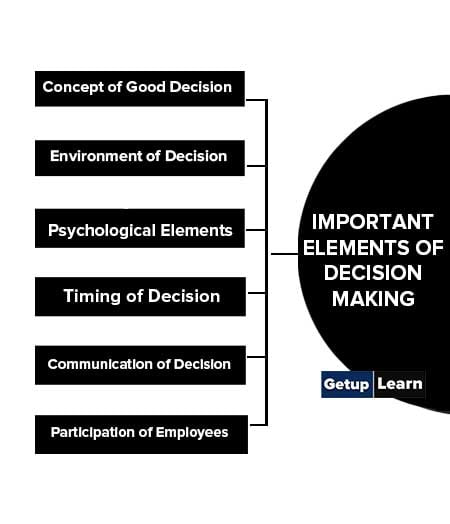
Concept of Good Decision
The enterprise may attain its objective only through good decisions. Rational decision making involves conceptualization, information, and prediction.
The business decision should be sound and result-oriented. The rational decision should be based on facts and careful analysis of facts and figures.
Environment of Decision
Formal structure and the organizational environment of an organization put a great influence on decision making. The decision environment can be divided into two parts: internal and external.
In the internal environment labor-management relations, the delegation of authority, and decentralization policy are some important factors. In the external environment social, and political conditions in the country are detrimental to important decision making.
Psychological Elements
Decision-making is a human process so it is natural that the taken decision will be affected by the psychology of the decision-maker.
Personal traits like preferences, intellectual maturity, experiences, educational qualification, social and religious attitudes, optimism or pessimism, status, etc. of the person also exert great influence on decision-making.
Timing of Decision
The timing of decision making is an important factor. A particular decision may be the best in the prevailing circumstances.
But, with the change in the situation and other conditions, it may not be useful in guiding the organization’s activities; therefore, decisions should be reviewed or replaced, according to the timing or conditions.
Communication of Decision
The business decision should be communicated as soon as they are taken to the concerned parties. Communication of decisions must be clear, simple, easy, and comprehensive.
Participation of Employees
As far as possible, the employees should be given participation in the process of decision-making. They should be consulted, motivated, and educated for decision making.
What are the 7 types of decision making?
Following is the process of decision making:
1. Identify Decision
2. Gather Relevant Information
3. Identify Alternatives
4. Choose Among Alternatives
5. Implementation of Decision
6. Follow Up
7. Review Your Decision and Its Consequences
What are the principles of decision making?
The following are the principles of decision making:
1. Principle of Definition
2. Principle of Evidence
3. Principle of Identity
4. Proper Communication System
5. Sufficient Time
6. Analysis of the Objectives and Policies
7. Analytical Study of Alternatives
8. Study of the Impact of a Decision.
What are the elements of decision making?
The following are the elements of decision making:
1. Concept of Good Decision
2. Environment of Decision
3. Psychological Elements
4. Timing of Decision
5. Communication of Decision
6. Participation of Employees.








